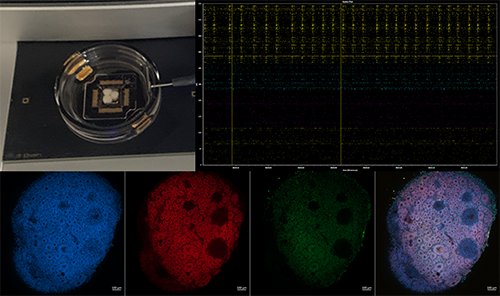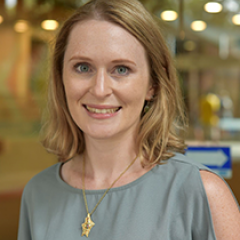Nearly 1 million Australians will develop epilepsy and for more than 30% of patients, finding effective drug treatment is a long journey of “trial and error”.
Collaboration between The University of Queensland and Monash University
By using neuronal and organoid models derived from a patient’s own cells to identify effective anti-seizure drugs in the dish and combining this with AI analyses, we will identify effective drugs for patients faster and more precisely. This will improve patient health outcomes, facilitate evidence-based drug selection, and reduce health care costs.By using neuronal and organoid models derived from a patient’s own cells to identify effective anti-seizure drugs in the dish and combining this with AI analyses, we will identify effective drugs for patients faster and more precisely. This will improve patient health outcomes, facilitate evidence-based drug selection, and reduce health care costs.
Epilepsy is a debilitating group of neurological disorders affecting 1 in 26 people. Despite advances in the field over the last 20 years, more than 30% of patients do not have their seizures controlled. Current clinical practice essentially relies on a trial-and-error approach, whereby the patient is sequentially trialled on different anti-seizure drugs, doses and combinations in the hope of eventually finding an effective regime. For the patient this protracted (often years long) journey results in substantive co-morbidity, loss of productivity and greater risk of sudden unexplained death with epilepsy. For the health system this journey incurs significant cost. There is an urgent need to alter this trajectory and make the journey from diagnosis to effective treatment shorter and cheaper.
To address this major shortcoming our study will utilise cohorts of human induced pluripotent stem cell lines (hIPSC) derived from drug-responsive and drug-resistant epilepsy patients established across the two epilepsy research nodes (The University of Queensland and Monash University) and build on our collective expertise in generating hIPSC-derived brain organoids. We will also integrate our expertise in artificial intelligence models to further advance the algorithm.
We will use hIPSC-derived brain organoids and screen a library of approved anti-seizure medications to identify those able to alter neural activity in a patient-specific model, train an artificial intelligence model that leverages both clinical and genomic data to assist anti-seizure medication selection, and validate treatment predictions in real-world clinical settings.
Demonstrating the utility of an epilepsy patient-specific in-vitro drug screening platform in combination with decision-making software offers substantive health benefits for patients, provides neurologists with an evidence-based medicine approach, reduces health care costs and has the potential to enable transformative new insights into the genetic drivers of epilepsy and drug-resistance, to inform new therapy development.





